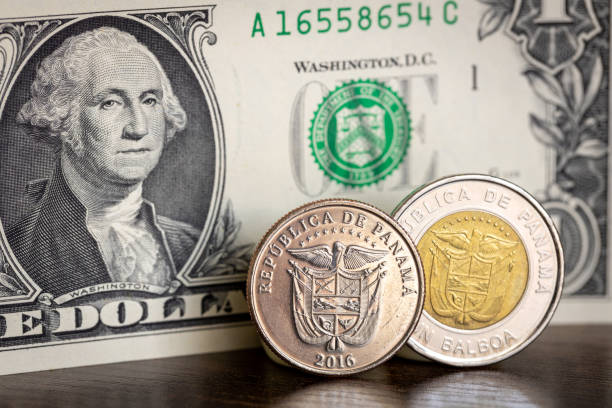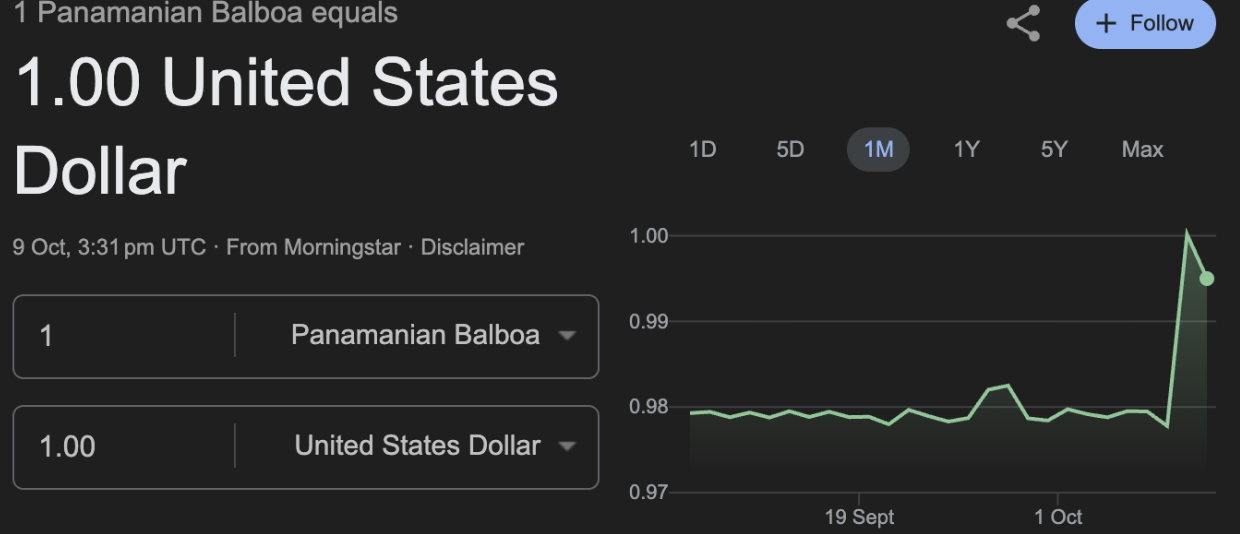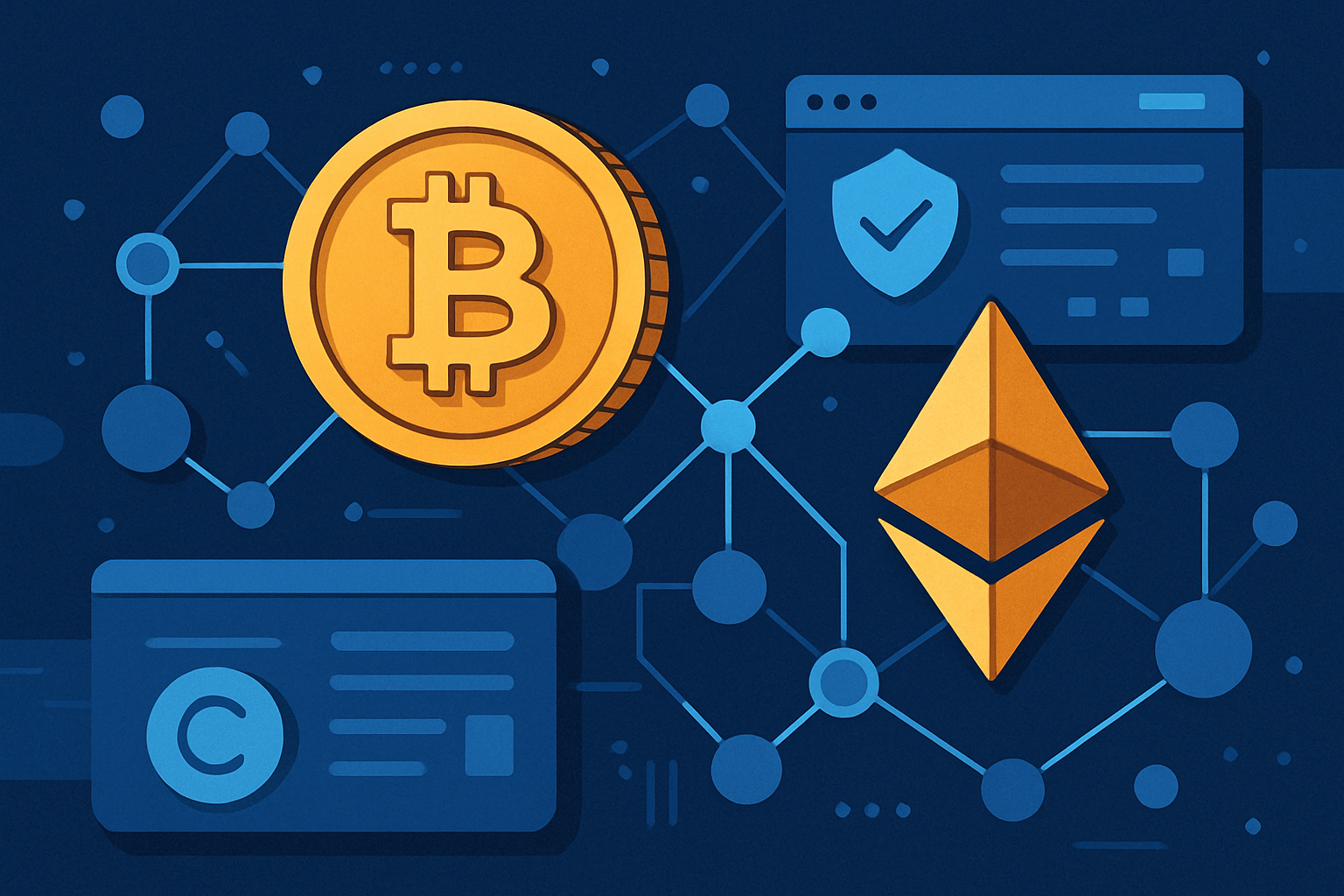In the world of forex, most emerging-market currencies move like restless tides, rising and falling with inflation, debt cycles, and central bank interventions. Yet Panama stands apart as a rare constant.
Since its independence in 1903, the country has tied its monetary fate to the U.S. dollar, creating one of the most stable financial systems in Latin America.
Panama's currency shows how dollarization can safeguard purchasing power, attract investment, and neutralize exchange-rate volatility.
Below are five essential facts about Panama’s currency and what forex participants can learn from one of the most dollar-stable economies in the world.
1. Panama Uses the U.S. Dollar as Legal Tender
The first fact is straightforward yet striking: Panama uses the U.S. Dollar (USD) as its official currency.

While the country has its own monetary unit the Panamanian Balboa (PAB), it’s pegged at 1 Balboa = 1 U.S. Dollar, a rate that has held firm for over a century. In practice, the U.S. dollar dominates every transaction, from banking to retail.
Since 1904, Panama has relied on American banknotes for all payments, making it the oldest continuously dollarized economy in the Western Hemisphere.
This long-standing arrangement eliminates most currency risk, a major advantage in a region where local currencies like the Argentine peso or Venezuelan bolivar often lose value rapidly.
For traders, that means Panama’s economy operates as an extension of the U.S. monetary system. Its domestic interest rates, money supply, and inflation dynamics are effectively linked to those of the Federal Reserve, not a local central bank.
2. The Panamanian Balboa Exists Only as Coins
Here’s where it gets interesting: Panama does have its own currency, but you’ll only find it in coin form.
The Balboa exists in denominations such as 1, 5, 10, 25, and 50 centésimos, matching the size and value of U.S. coins. A 25-cent Balboa coin is interchangeable with a U.S. quarter so much so that locals use them interchangeably without thinking twice.
 There is also a 1 Balboa coin, roughly equivalent to one U.S. dollar, but no Balboa banknotes exist. Paper money in Panama is entirely U.S. dollar-based.
There is also a 1 Balboa coin, roughly equivalent to one U.S. dollar, but no Balboa banknotes exist. Paper money in Panama is entirely U.S. dollar-based.
This hybrid model of Balboas for coins, dollars for cash gives the country symbolic national identity without the risks of managing an independent currency.
For forex observers, this underscores Panama’s complete reliance on U.S. monetary infrastructure. The Balboa has no separate exchange rate or trading pair on global forex platforms. It’s effectively the dollar under another name.
3. Panama Has No Central Bank and No Currency Devaluation Risk
One of the most distinctive traits of Panama’s economy is the absence of a central bank.
The National Bank of Panama handles public-sector banking, but it cannot print money, set interest rates, or conduct open-market operations.
This means no local monetary policy and no ability to devalue the currency, a double-edged sword that’s both stabilizing and limiting.

From a forex standpoint, this setup is profoundly important. Without discretionary monetary policy, Panama’s inflation generally follows trends in the United States.
Over recent years, Panama has maintained one of the lowest inflation rates in its region, offering greater price stability compared to many of its Latin American peers.
The lack of money printing prevents hyperinflation, which often destabilizes other emerging markets. Investors, in turn, view Panama as a low-risk, dollar-based economy, ideal for banking, logistics, and financial services.
The trade-off of no central bank and no currency devaluation is that during economic slowdowns, Panama cannot stimulate growth with looser monetary policy. Yet, the country’s fiscal discipline and capital inflows have historically offset that limitation.
4. Dollarization Simplifies Trade, Investment, and Tourism
Panama’s dual-currency system gives it a structural edge in trade and finance. For international businesses, using the U.S. dollar removes exchange-rate friction: contracts, settlements, and cross-border transactions are all denominated in a globally recognized reserve currency.

This makes Panama a magnet for offshore banking, shipping, and logistics. Its strategic position, paired with dollar stability, turns the country into a regional financial hub connecting North and South America.
For forex traders and investors, Panama represents a safe-zone economy: minimal exchange volatility, stable pricing, and strong capital mobility. When neighboring countries face local currency selloffs, Panama remains insulated as a kind of “dollar anchor” in Latin America.
Even in tourism, dollarization simplifies everything. Travelers, especially from the U.S., don’t need to exchange currencies or worry about conversion spreads as the local economy already operates in dollars.
5. Digital Currencies and Fintech Are Expanding, But USD Still Reigns
As fintech and cryptocurrencies gain traction worldwide, Panama hasn’t been left behind.

In recent years, lawmakers have discussed integrating digital currencies into payment systems, including allowing Bitcoin and Ethereum for private transactions and tax payments.
While the proposal hasn’t yet become law, it signals Panama’s openness to financial innovation especially in the context of blockchain and offshore digital banking.
However, despite the growing presence of crypto wallets and online payment systems, the U.S. dollar remains the undisputed foundation of Panama’s economy.
Digital currencies serve as supplements, not replacements. Banks and fintech firms still conduct settlements, loans, and trade finance operations in dollars.
For the forex community, this shows that Panama’s monetary model is evolving, but not departing from the dollar base that underpins its macroeconomic credibility.
Frequently Asked Questions (FAQ)
1.What is the official currency of Panama?
Panama officially uses both the U.S. Dollar (USD) and the Panamanian Balboa (PAB). The exchange rate is fixed at 1:1.
2. Can you trade the Panamanian Balboa on forex markets?
No. The Balboa isn’t traded internationally. It’s pegged to the dollar and exists only in coin form, meaning all practical forex exposure is USD-based.
3. Does Panama have a central bank?
No. Panama operates without a central bank. Monetary conditions are influenced by the U.S. Federal Reserve instead.
4. Why did Panama adopt the U.S. dollar?
Dollarization began in 1904 to stabilize the new republic’s economy after independence. The U.S. influence through the Panama Canal Zone reinforced the dollar’s role as the dominant medium of exchange.
5. Is cryptocurrency replacing the dollar in Panama?
Not yet. While crypto usage is growing, the U.S. dollar remains legal tender, and most financial activity still depends on USD liquidity.
Conclusion: Panama’s Dollarization Reflects A Model of Currency Stability
In a forex world where volatility often defines opportunity, Panama represents something different: predictability. Its century-long dollar peg has eliminated exchange-rate risk, reduced inflation, and positioned the country as a Latin American safe haven for capital.
For traders, Panama isn’t a market to speculate on, it's a benchmark to study. Its experience proves that monetary discipline and external anchoring can yield extraordinary stability, even without a central bank.
As global markets evolve and digital currencies reshape finance, Panama’s currency movements remain a reminder that sometimes the strongest move in forex is no movement at all.
Disclaimer: This material is for general information purposes only and is not intended as (and should not be considered to be) financial, investment or other advice on which reliance should be placed. No opinion given in the material constitutes a recommendation by EBC or the author that any particular investment, security, transaction or investment strategy is suitable for any specific person.




 There is also a 1 Balboa coin, roughly equivalent to one U.S. dollar, but no Balboa banknotes exist. Paper money in Panama is entirely U.S. dollar-based.
There is also a 1 Balboa coin, roughly equivalent to one U.S. dollar, but no Balboa banknotes exist. Paper money in Panama is entirely U.S. dollar-based.

















